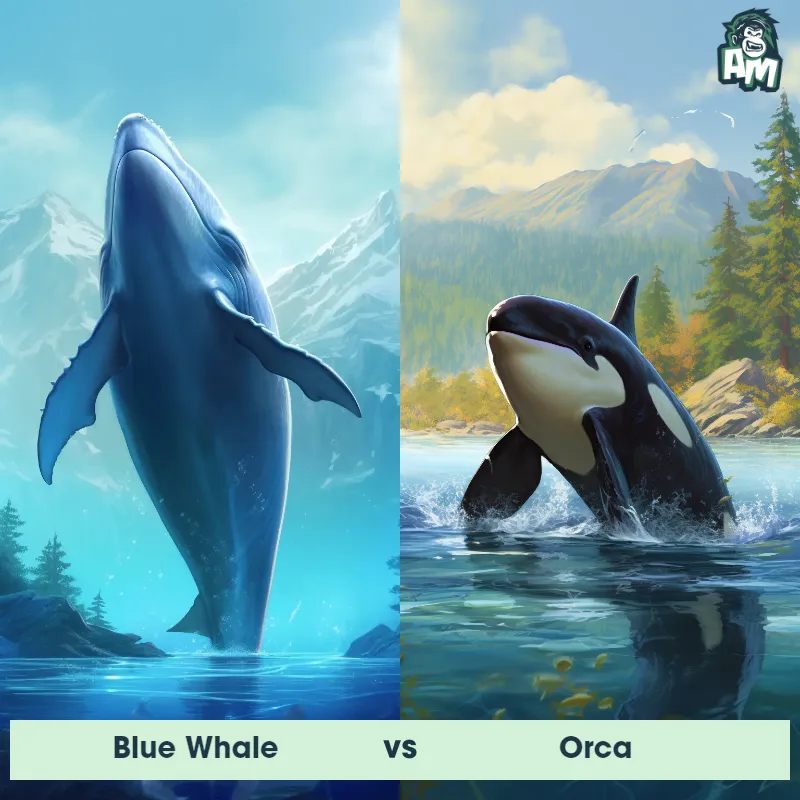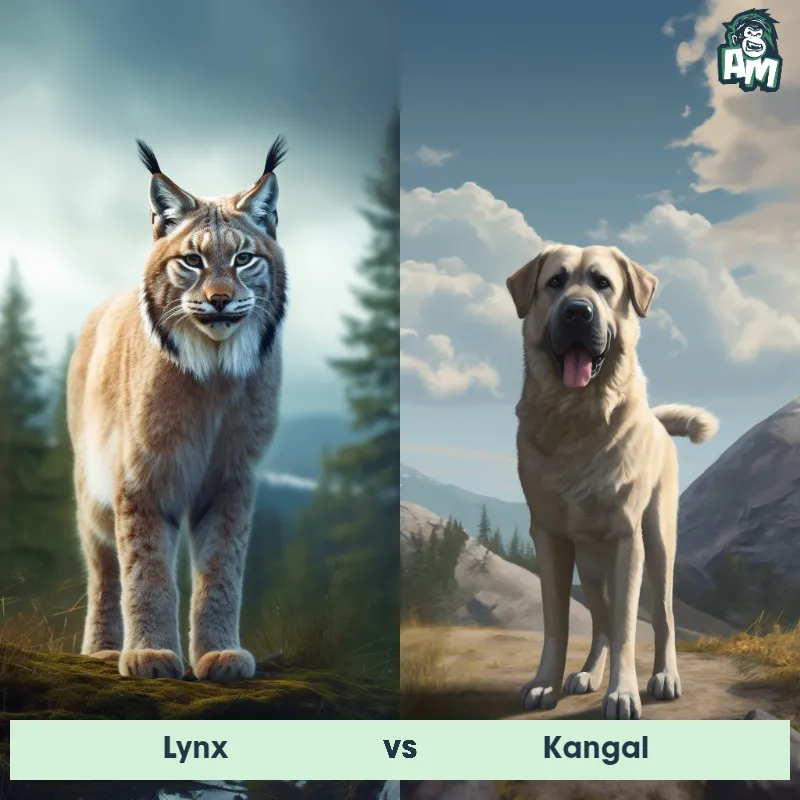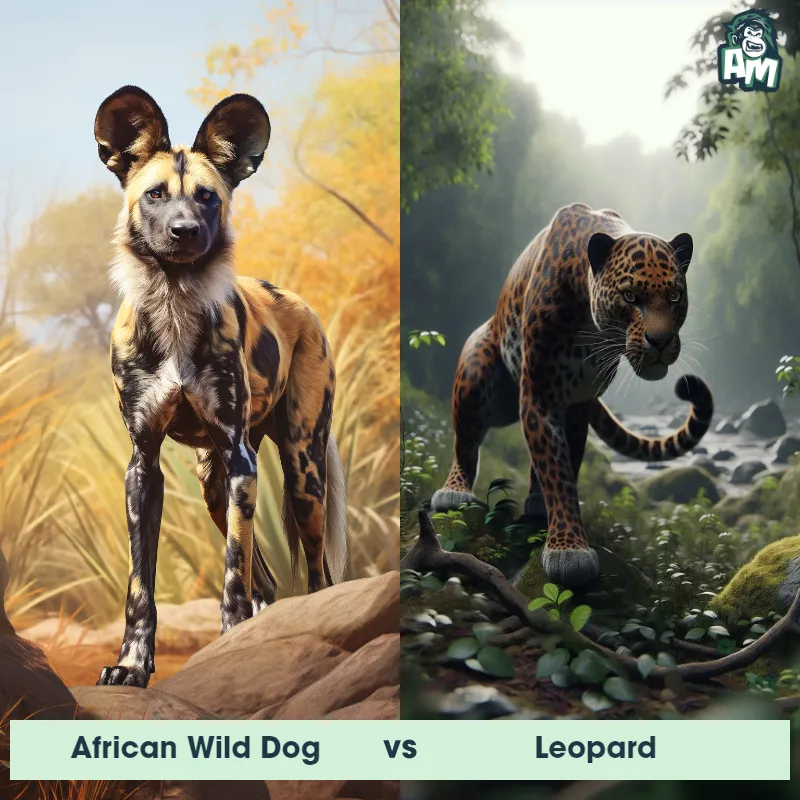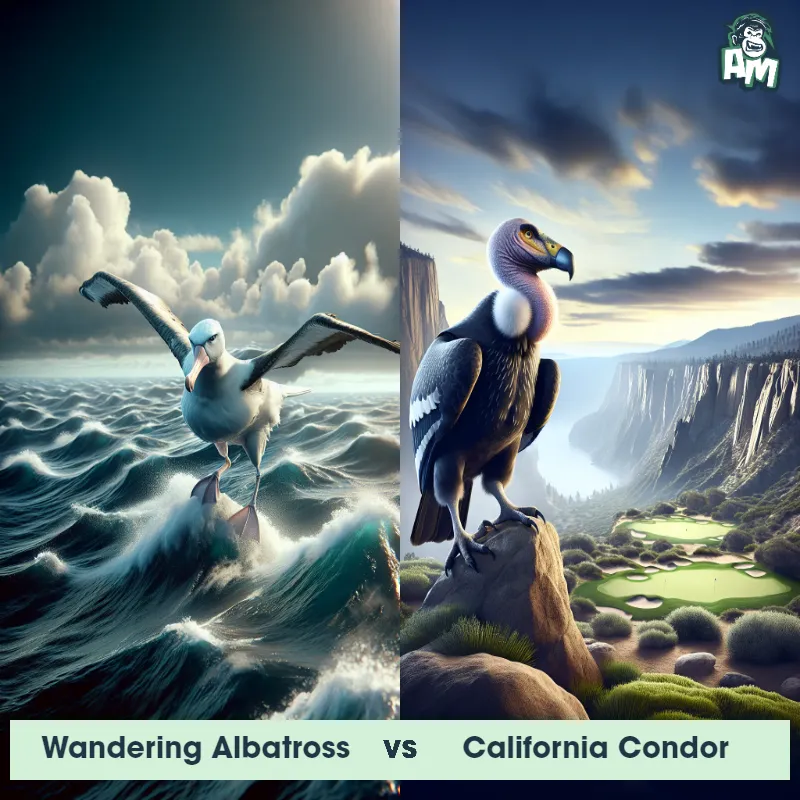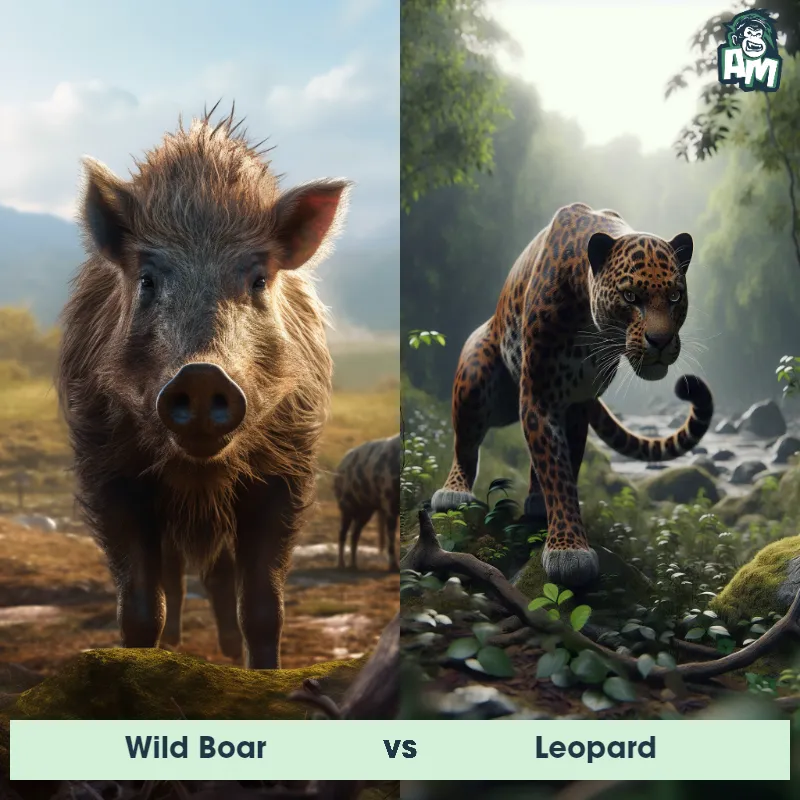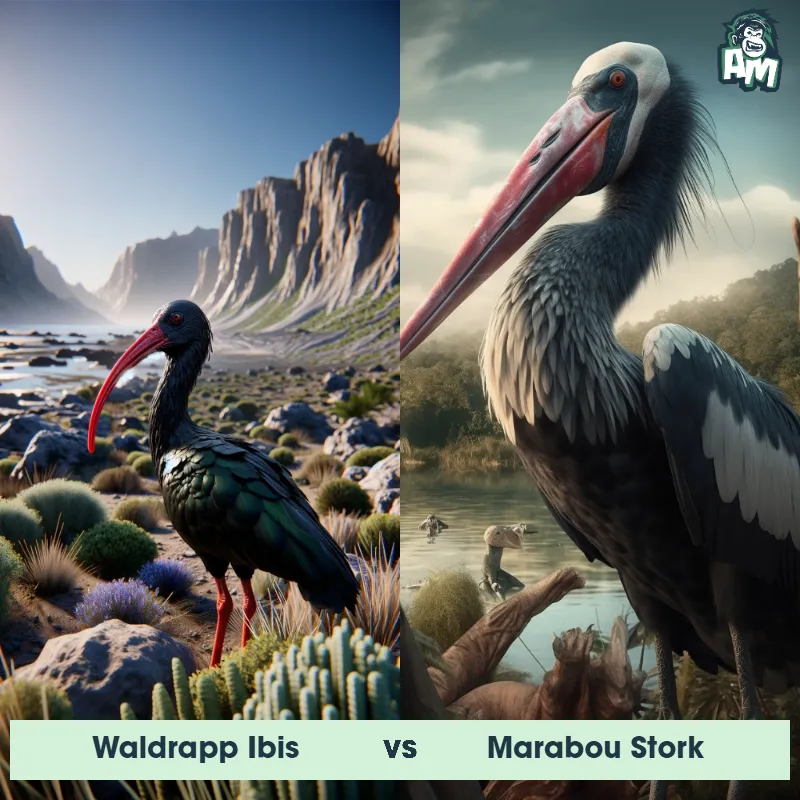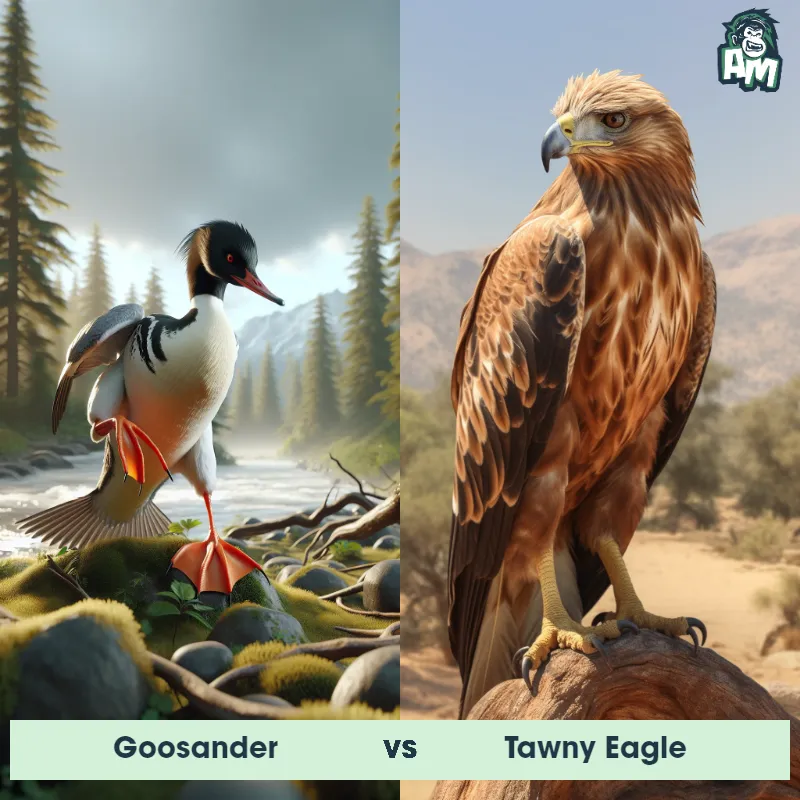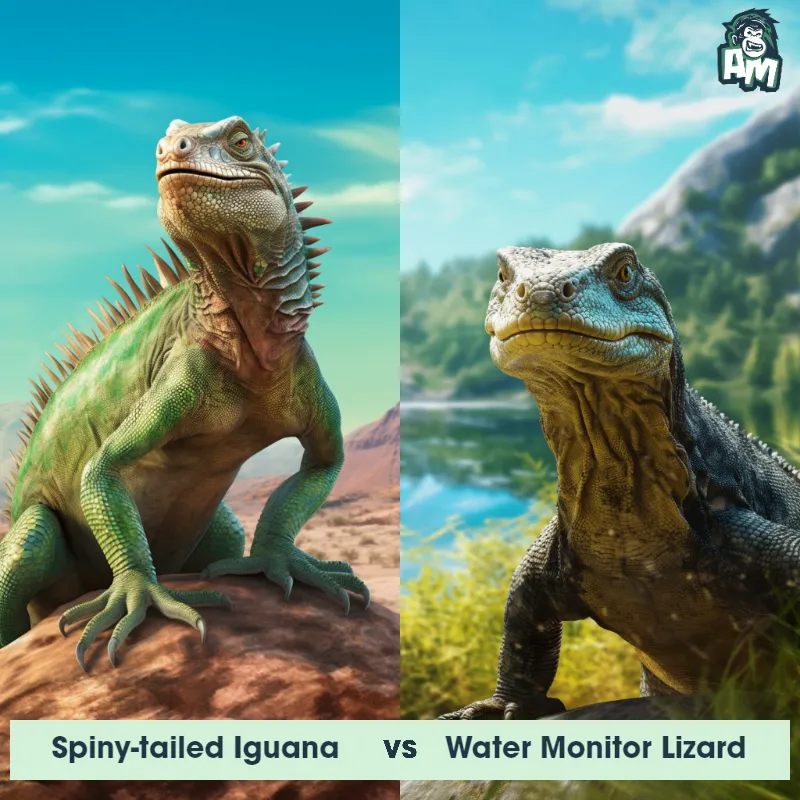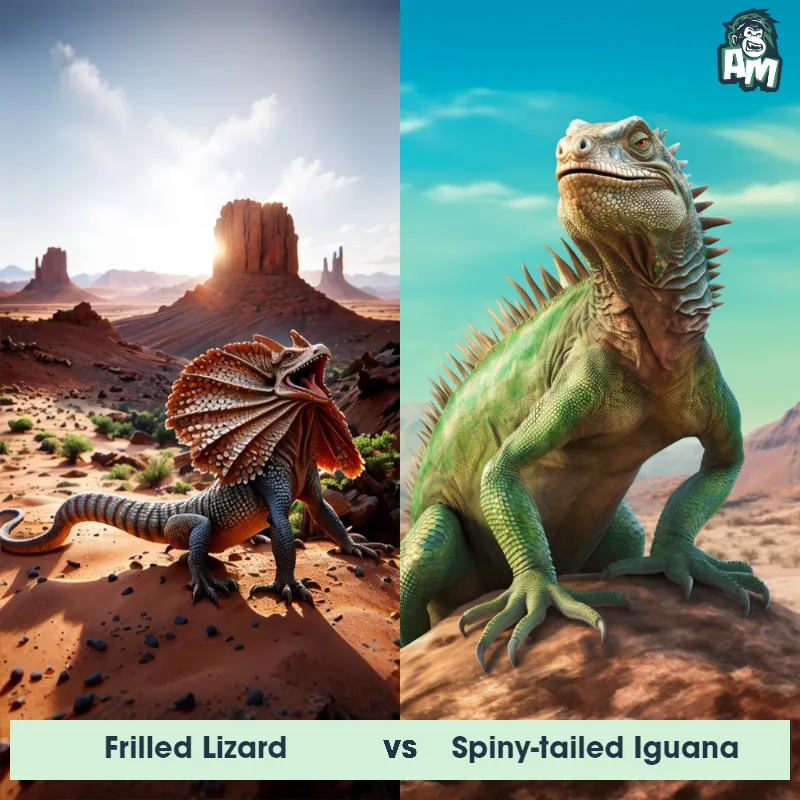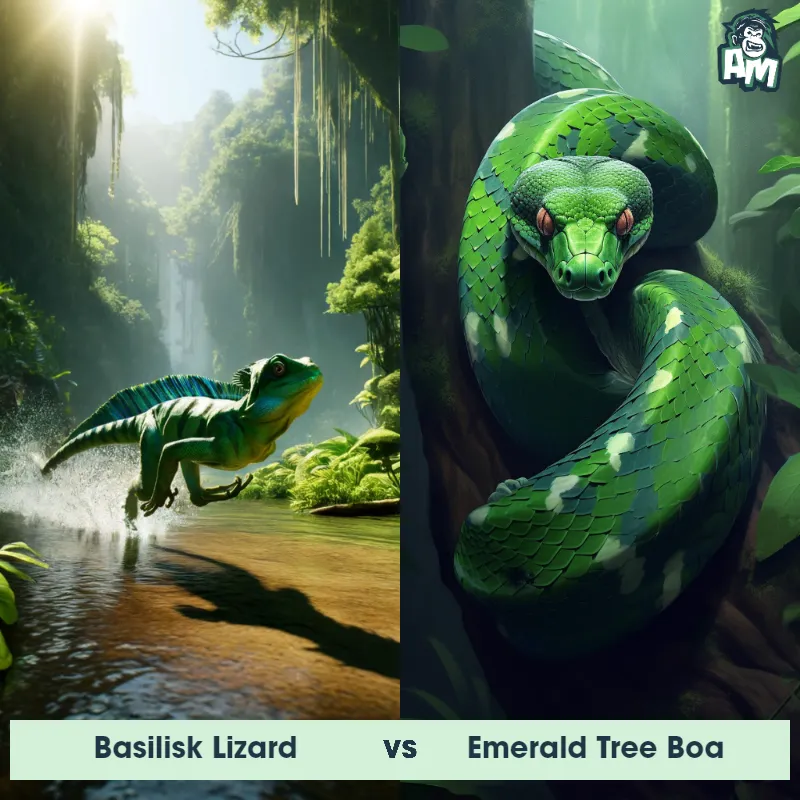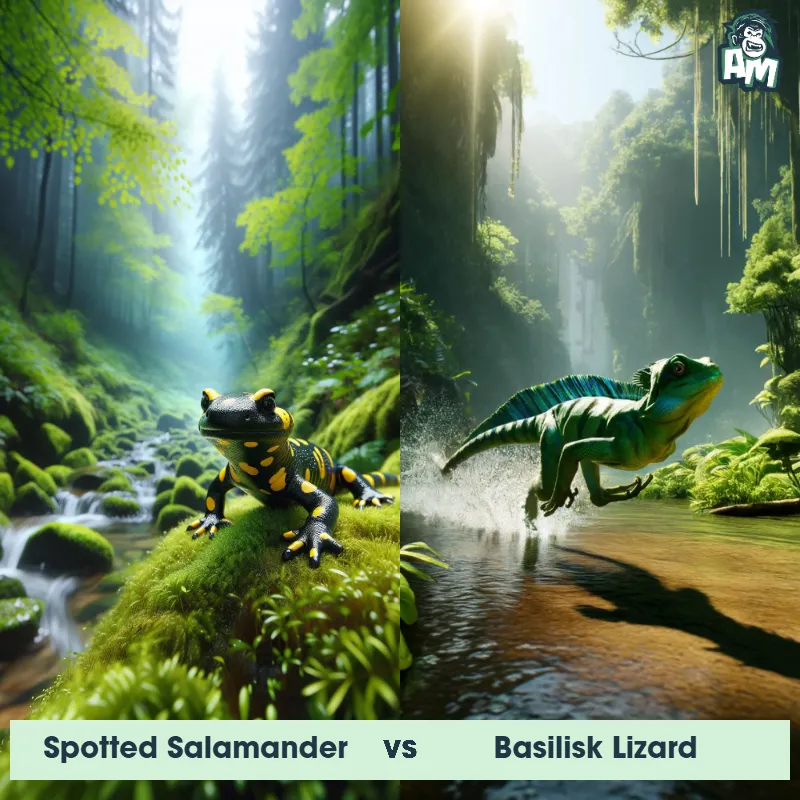Basilisk Lizard vs Spiny-Tailed IguanaSee Who Wins
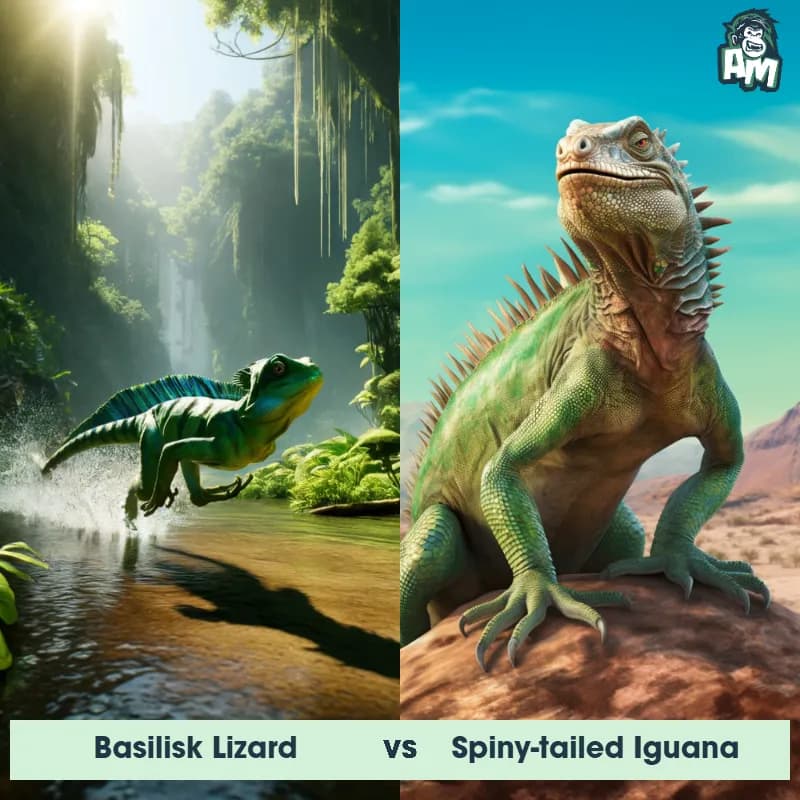
Welcome to today's matchup between the Basilisk Lizard and the Spiny-Tailed Iguana! Both these creatures are known for their speed and agility, so we are in for an exciting three-round battle.
Contender 1: Basilisk Lizard
The Basilisk Lizard, also known as the Jesus Christ Lizard, is a reptile belonging to the family Corytophanidae. These fascinating creatures are native to Central and South America and are known for their remarkable ability to run on water. With a slender and elongated body, they can grow up to 70 cm in length, with the tail accounting for about two-thirds of their total body length. The most distinctive feature of the Basilisk Lizard is their specialized scales, known as fringes, which allow them to effectively use their hind legs to propel themselves across bodies of water. Furthermore, they have a strong grip and excellent jumping ability, enabling them to easily climb on trees and other vertical surfaces. Basilisk Lizards are primarily green or brown in color, providing excellent camouflage in their natural habitats such as rainforests, rivers, and streams.
Fun Fact: One fascinating fun fact about the Basilisk Lizard is that they can run on top of water for short distances, allowing them to escape potential predators or catch prey. Their unique ability is made possible by their long, slender toes and specialized fringed scales on their hind legs, which create air pockets and increase surface area, providing buoyancy and reducing the water's contact with their feet.
Contender 2: Spiny-Tailed Iguana
The Spiny-Tailed Iguana, also known as the Black Iguana, is a large lizard species found in Central and South America. They have a distinctive spiny tail, which they use for defense against predators. They are herbivorous and can grow up to 4 feet in length. Their coloration varies from gray to black, and they have a row of spines running down their back.
Fun Fact: The Spiny-Tailed Iguana is known for its ability to run on its hind legs, which allows it to move quickly through its environment and escape predators.
Matchup Stats
| Basilisk Lizard | Spiny-Tailed Iguana | |
|---|---|---|
| Size | Up to 70 cm (27.6 in) in length | Up to 4 feet (1.2 meters) |
| Weight | Varies, typically around 200-300 grams (7-10.6 oz) | Up to 15 pounds (6.8 kilograms) |
| Speed | 7mph (11km/h) | Speed: 9 mph (14.5 km/hr) |
| Key Strength | Speed and agility | Tail defense |
| Biggest Weakness | Fragile body structure, lack of defensive capabilities | Vulnerable underbelly |
Current Votes
Basilisk Lizard vs Spiny-Tailed Iguana
See Who Wins
View More Matches
Looking For More?
Similar Matches
Scientific Stats
| Basilisk Lizard | Spiny-Tailed Iguana | |
|---|---|---|
| Scientific Name | Basiliscus basiliscus | Ctenosaura similis |
| Family | Corytophanidae | Iguanidae |
| Habitat | Rainforests, rivers, and streams | Terrestrial |
| Geography | Central and South America | Central and South America |
| Diet | Insects, small fish, invertebrates | Herbivorous |
| Lifespan | 4 years - 6 years | 15 years - 25 years |
Key Differences between Basilisk Lizard and Spiny-Tailed Iguana
- Behavior: Basilisk Lizards are known for their ability to run on water, earning them the nickname "Jesus Christ Lizard," while Spiny-Tailed Iguanas are more likely to bask in the sun or burrow underground for protection.
- Body shape: Basilisk Lizards have slender bodies and long tails, while Spiny-Tailed Iguanas have robust bodies and shorter tails that end in a spiny tip.
- Head shape: The Basilisk Lizard has a narrow head with a pointed snout, while the Spiny-Tailed Iguana has a broader head with a more rounded snout.
- Size: The Basilisk Lizard is typically smaller, growing to a maximum length of around 2 feet, while the Spiny-Tailed Iguana can reach lengths of up to 4 feet.
- Color: Basilisk Lizards are usually green or brown in color with darker markings, whereas Spiny-Tailed Iguanas are typically gray or tan with distinct light stripes running down their bodies.
- Habitat: Basilisk Lizards are primarily arboreal, spending most of their time in trees near water sources, whereas Spiny-Tailed Iguanas are terrestrial, inhabiting rocky outcrops and dry desert regions.




